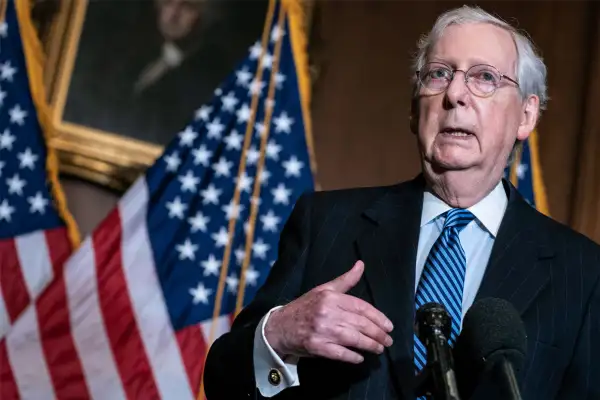Second Round of PPP Loans: Everything We Know About Eligibility, Tax Breaks and More

The Paycheck Protection Program is making a comeback.
On Sunday, President Donald Trump signed a coronavirus relief package that includes $284 billion to reopen the PPP, an initiative designed to help small businesses retain employees during the pandemic.
The need for a second round of PPP is clear: In a recent National Federation of Independent Business survey, some 91% of borrowers said they'd already used up their original loan. A quarter of small business owners said they'll close within six months if the economy doesn't bounce back, and about half said they'd apply for another PPP loan if eligible.
Here's what you need to know.
What is the PPP (Paycheck Protection Program)?
Created by the CARES Act this past spring, the PPP provides a way for small businesses to stay afloat and workers to stay employed during the pandemic. The first round of the PPP was particularly attractive to borrowers because the loans were fully forgivable if used for certain purposes. They also had a 1% interest rate, came without fees, and required no collateral.
PPP applications opened in April, closed for a few days in July, and shut down for good in August. Some 5.2 million loans totaling $525 billion were approved. Nearly $134 billion in funding was left over.
Ever since the summer, legislators, lobbyists, and entrepreneurs have been arguing over what to do with the extra money. PPP's second round could be a chance to give small businesses additional support. It could also be an opportunity to right some of the wrongs that sprung up in the first round, like widespread fraud and fact that several corporations benefited from the program.
Who's eligible for new PPP loans?
PPP is targeted at small businesses, which generally means entities that have 500 or fewer employees. (There is some wiggle room depending on the industry.) Nonprofits, veterans' organizations, and independent contractors qualify as well.
Eligible businesses can get a second PPP loan if they have no more than 300 employees, along with revenue that has dropped by at least 25% in any quarter in 2020, compared to that same quarter in 2019.
The maximum loan amount for the second draw is $2 million.
What's different with PPP in the second stimulus bill?
The legislation expands eligibility under the PPP to include more nonprofits and some news organizations, like local television and radio stations. It also expands the list of qualifying expenses to cover costs like property damage and supplier costs.
For businesses that received loans under $150,000 during the first round of the PPP, there is now a new, simplified application process.
There's also now clarification about how a loan may impact a business owner's taxes. Though forgiven PPP funds aren't taxable, the IRS recently said that businesses can't deduct expenses paid for with forgivable PPP money. However, that was apparently not the intent of Congress, and the latest bill clarifies that businesses can claim deductions for expenses covered under the program.
What's going on with PPP loan forgiveness?
While lawmakers were reviving the PPP, borrowers were starting the forgiveness process. It began in early October and included a streamlined form for PPP recipients with loans of $50,000 or less.
As of late November, lenders had received roughly 600,000 applications for forgiveness, adding up to about $83 billion in loans. It's far from over: Because PPP loans were made through banks and other lenders, not the government itself, some institutions still don't have the needed infrastructure in place to process the forgiveness requests. Wells Fargo's website, for example, features a notice saying "we'll send you an email once the Wells Fargo PPP loan forgiveness online application becomes available."
This, plus the time and effort it takes to apply for PPP forgiveness, have made some loan recipients hesitant to start the process.
More from Money:
Small Businesses Can Finally Get Reimbursed for Pandemic Losses With This New Insurance
How I Saved My Small Business: A Swanky Coffee Shop Pivots to Toilet Paper and Cheetos
